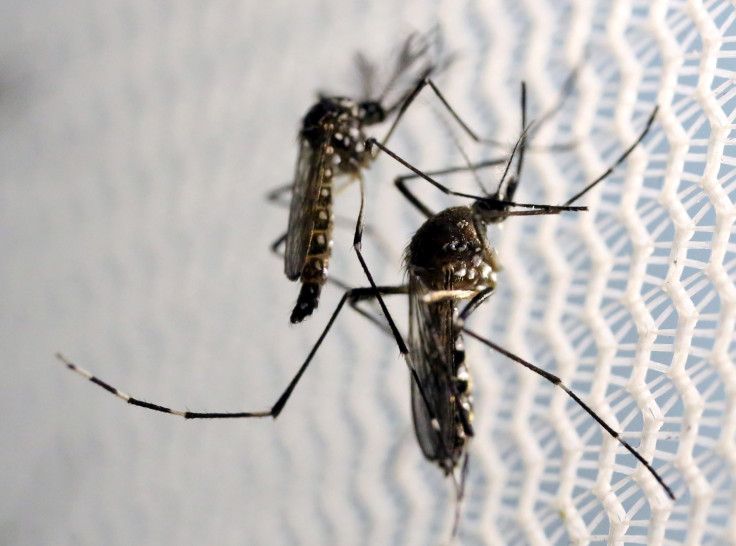What Does Zika Do To Babies?

The Zika virus is a mosquito-borne infection that causes flu-like symptoms, but infection is also linked to a congenital birth defect called microcephaly. Although it is rare for the infection to cause this birth defect, health experts still advise pregnant women to take measures to avoid contracting Zika.
Earlier this year, the Centers for Disease Control and Prevention announced that there is now enough evidence to conclude that Zika virus infection during pregnancy is a cause of microcephaly. Microcephalyis a condition where a baby’s head is much smaller than expected due to an underdeveloped brain. The condition can cause developmental delays, intellectual disabilities, problems with movement and balance, difficulty eating and swallowing, and vision and hearing loss. Children born with microcephaly will likely deal with these difficulties throughout their entire lives. In its most severe form, the condition is also life threatening.
In addition to microcephaly, the Zika virus can also lead to eye defects and impaired growth in children whose mothers became infected with the virus during their pregnancy. Scientists are currently studying other potential health problems that Zika virus infection during pregnancy may also cause.
The main way that pregnant woman can contract the virus is through a mosquito bite. Recently, however, it was discovered that the virus can also be spread through semen. According to the CDC, Zika virus infection in women who are not pregnant does not pose a risk for birth defects in future pregnancies once the virus has cleared from the blood. There is no vaccine against the virus, and for now, pregnant women are advised against traveling to areas where Zika is present. Pregnant women who live in these areas are advised to avoid getting bitten by wearing long sleeves, using mosquito repellent, and having screens on their windows and doors.
Prior to this year, Zika virus outbreaks occurred only in areas of Africa, Southeast Asia, and the Pacific Islands, but the virus has now spread to parts of the Caribbean and North and South America. To date,more than 60 countries and territories have reported mosquito transmission of the virus, and 11 countrieshave seen sexual transmission of the virus, Vox reported.
© Copyright IBTimes 2024. All rights reserved.











